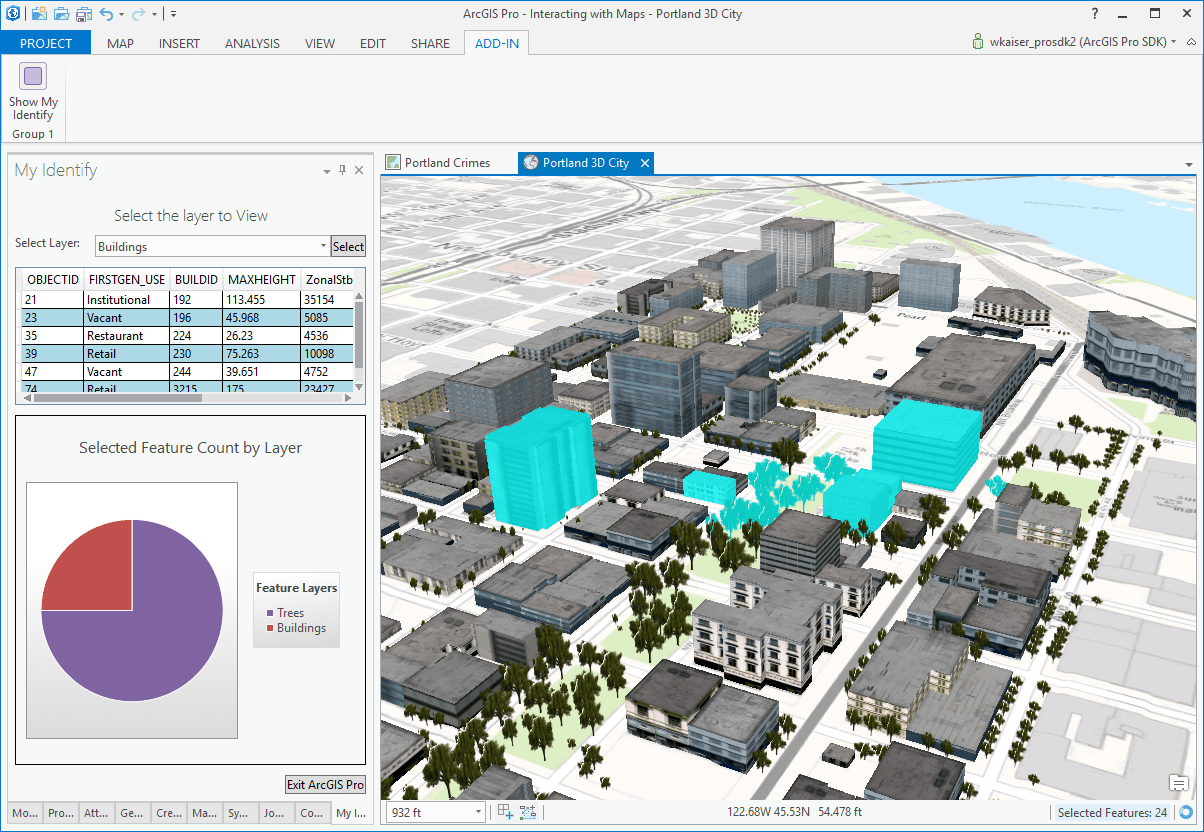

When multiple paths merge and follow the remaining distance back to a source on the same route, the segment where the two paths travel together is assigned the value 2. Alternatively, you could select a small enough cell size to capture the appropriate amount of detail from the input features. To avoid this situation, as an intermediate step, you could rasterize the input features directly with the Polygon to Raster tool and set a Priority field, and use the resulting output as input to the Distance tool. For example, if your destinations are a series of small polygons, such as building footprints, that are small relative to the output cell size, it is possible that only a few of them will fall under the centers of the output raster cells, seemingly causing most of the others to be lost in the analysis. This means that data not located at the center of the cell will not be included in the intermediate rasterized destination output, and so will not be represented in the distance calculations. In the internal rasterization process that employs the Polygon to Raster tool, the default setting of Cell assignment type will be CELL_CENTER. When using polygon feature data for the input feature destinations, care must be taken with how the output cell size is handled when it is coarse relative to the detail present in the input. If no valid fields exist, the ObjectID field (for example, OID or FID, depending on the type of feature input) will be used. When the source input is a feature, by default, the first valid available field will be used. A destination raster can be easily created using the extraction tools. The value zero is considered a legitimate destination. Cells that have NoData values are not included in the source set. When the input destination data is a raster, the set of destination cells consists of all cells in the input raster or feature destination data that have valid values. The value two is reserved for the merged portion of paths that have portions of a common cost path. The ending cell on the original source raster (from which the cost distance and back link were derived) of a cost path receives one, the first path receives three, the second four, and so on. These are mandatory input rasters to Cost Path.Įach least-cost path is assigned a value when encountered in the scanning process. One or more of the weighted cost tools ( Cost Distance, Cost Back Link, or Cost Allocation) are generally required to run prior to running Cost Path to create the input cost distance and back link rasters. The Cost Path tool produces an output raster that records the least-cost path or paths from selected locations to the closest source cell defined within the accumulative cost surface, in terms of cost distance.


Learn more about creating the least cost path Usage Calculates the least-cost path from a source to a destination.


 0 kommentar(er)
0 kommentar(er)
